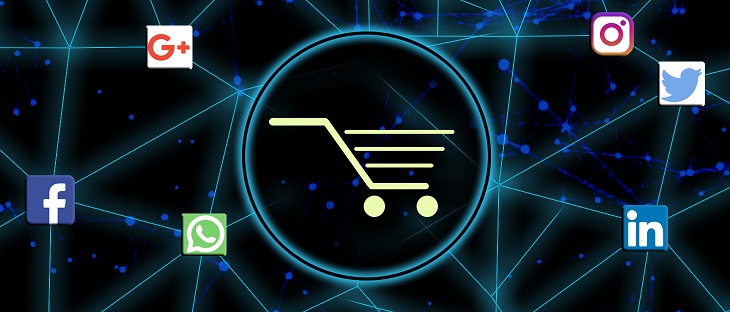
The Social Salesperson
Economic Times Economic Times (Bangalore) Economic Times (Delhi) Economic Times (Kolkata) Researchers at IIT Kharagpur have developed a new marketing model for influencing sales on social media. While customer reviews play a critical factor in online sales through social media, the researchers have developed an advanced model to identify influencers who could have more influence on potential buyers based on opinions and social ties on a popular social networking platform. Social media is one of the most popular emerging strategies today with a fundamental goal of increasing sales. According to a study, about 91% of retail brands…
